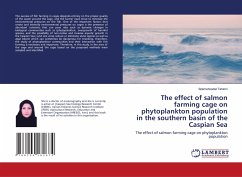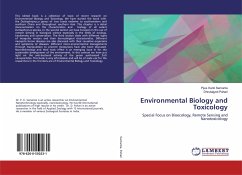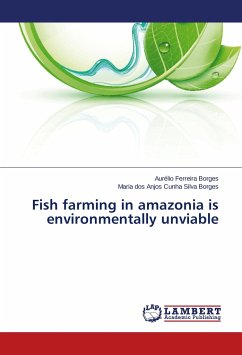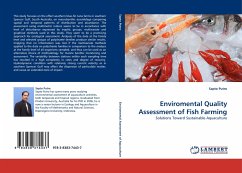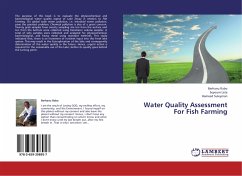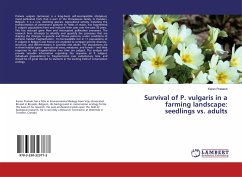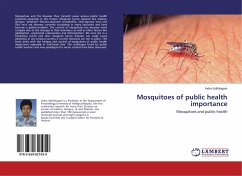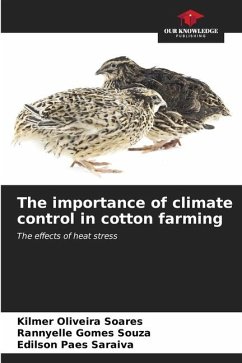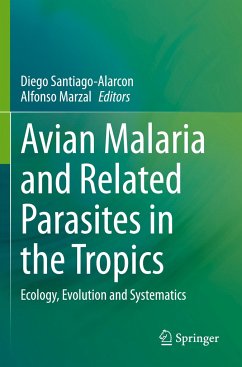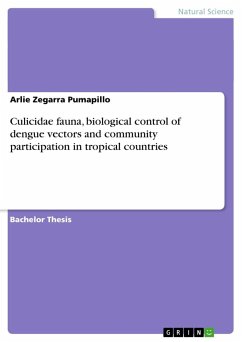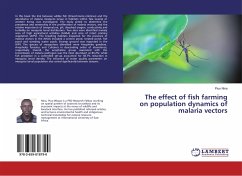
The effect of fish farming on population dynamics of malaria vectors
Versandkostenfrei!
Versandfertig in 6-10 Tagen
27,99 €
inkl. MwSt.

PAYBACK Punkte
14 °P sammeln!
In this book the link between edible fish (Oreochromis niloticus) and the abundance of malaria mosquito larvae in habitats within Yala swamp of western Kenya was investigated. The study aimed to determine the prevalence and seasonality in the proliferation of malaria vectors, and the relative importance of temperature, pH, dissolved oxygen, conductivity and turbidity on mosquito larval distribution. Two sites were identified namely area of high agricultural activities (AHAA) and area of intact primary vegetation (AIPV). The breeding habitats inspected for the presence of malaria vectors in the...
In this book the link between edible fish (Oreochromis niloticus) and the abundance of malaria mosquito larvae in habitats within Yala swamp of western Kenya was investigated. The study aimed to determine the prevalence and seasonality in the proliferation of malaria vectors, and the relative importance of temperature, pH, dissolved oxygen, conductivity and turbidity on mosquito larval distribution. Two sites were identified namely area of high agricultural activities (AHAA) and area of intact primary vegetation (AIPV). The breeding habitats inspected for the presence of malaria vectors in the AHAA included a control pond, treated pond, fish pond and standing water pools. Swamp ground was inspected in the AIPV. The species of mosquitoes identified were Anopheles gambiae, Anopheles funestus and Culicines in descending order of abundance, respectively. Overall, the anopheline group associated with the transmission of malaria pathogen was the most abundant at 83.2%; while fish predation in a controlled set-up accounted for 58.7% reduction in mosquito larval density. The influence of water quality parameters on mosquito larval population also varied significantly between seasons.



